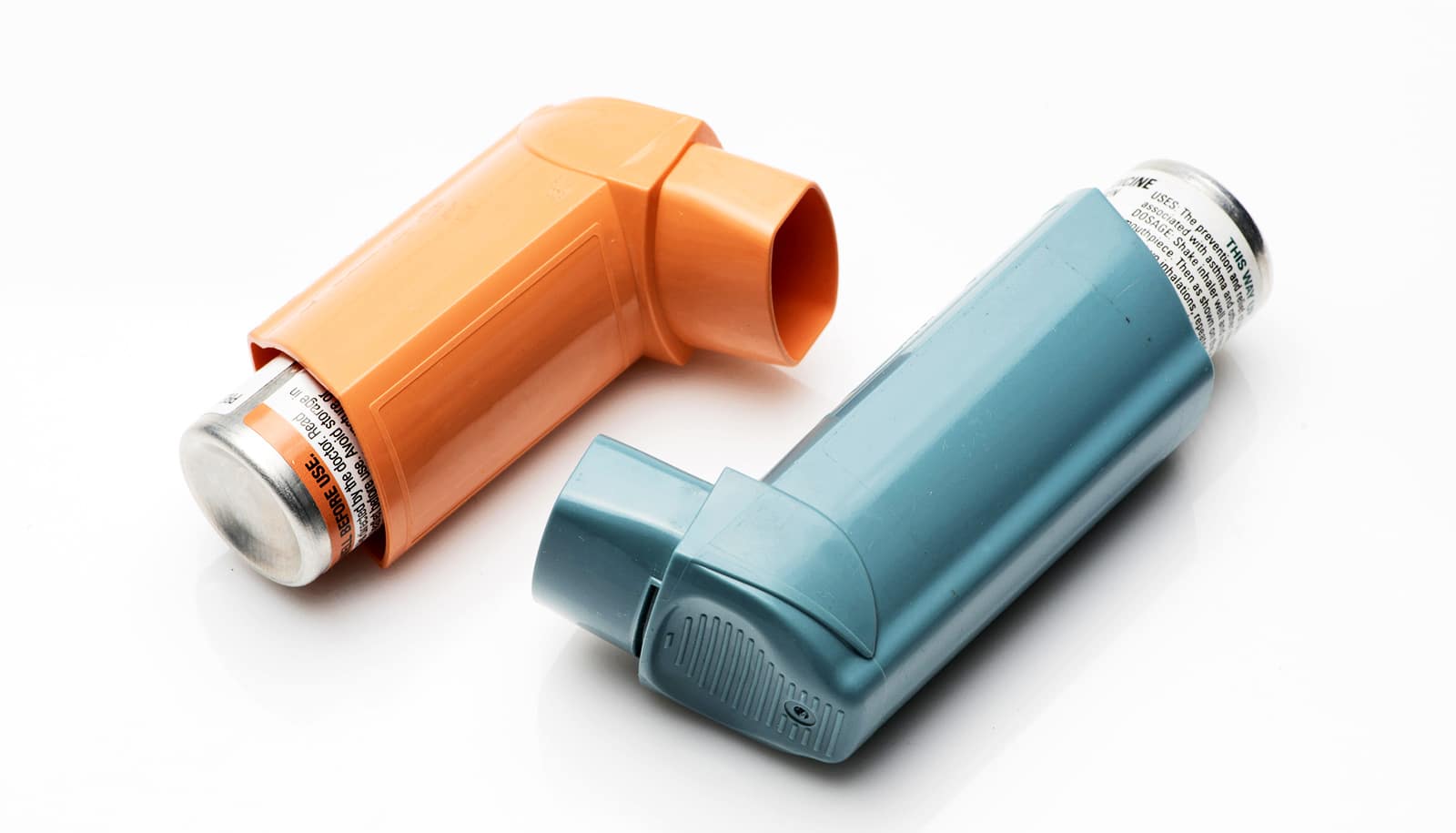A new study sheds light on how asthma behaves differently in males and females both in symptoms and at the level of gene expression.
The results appear in the American Journal of Respiratory Cell and Molecular Biology.
“Asthma is incredibly heterogeneous,” says Shannon Kay, an assistant professor in the Yale Section of Pulmonary, Critical Care, and Sleep Medicine (Yale PCCSM), and the study’s first author.
“It starts at different times, presents with different symptoms, and responds differently to treatment. What really stood out to me in clinical training was how differently it affected males and females.”
To explore that disparity, Kay and her team analyzed gene expression data from more than 6,000 samples across public databases and conducted a meta-analysis focused on blood-based immune cells. Their study identified 61 genes that were differentially expressed by sex in adults with asthma. Many of these genes were associated with key immune pathways—including those involving eosinophils, lymphocytes, and type 2 inflammation.
To detect subtle biological differences, the team pooled asthma gene expression data from more than 3,500 individuals and validated key findings in a local Yale cohort, where sex-biased genes aligned with asthma traits such as lung function and symptom severity.
The researchers found that gene expression differences aren’t just present between males and females—they also change with age and tissue type. They also found that different patterns emerged in children than in adults, suggesting that biological sex and hormonal fluctuations may shape asthma risk and severity across the lifespan.
“We see asthma symptoms and severity change during puberty, pregnancy, and menopause, even within the menstrual cycle, suggesting that hormones are a strong contributor to sex differences,” Kay says. “These differences in pathology can affect inflammation and possibly gene expression too.”
The findings could have important implications for treatment, the researchers say. Many newer asthma therapies—like biologics—target specific parts of the immune system. Understanding sex-specific immune profiles could eventually help match the right drug to the right patient.
“Right now, we don’t typically consider sex when choosing asthma treatment plans,” Kay says. “But these insights can start the conversation and ideally bring us closer to personalized asthma care.”
Jose Gomez, Yale PCCSM associate professor of medicine and senior author of the study, notes that the aim of the Yale Center for Asthma and Airways Disease and the Center for Pulmonary Precision Medicine (P2MED) is to integrate high‑definition biomarkers from transcriptomics and genetics with dedicated clinical phenotypes.
“This project exemplifies our broader strategy of dissecting the molecular mechanisms of pulmonary diseases,” he says. “By defining the biological determinants of asthma, we can move beyond conventional classifications to provide a more precise view of this complex syndrome.”
He adds that the goals are twofold: first, to translate these mechanistic insights into clinical tools that improve patient care and second, to uncover novel associations that will drive future research.
Looking ahead, Kay hopes to build on this work by studying hormonal effects more directly and exploring the intersection between asthma and comorbid conditions like obesity.
For patients, the message is one of awareness and partnership. “Asthma doesn’t look the same for everyone—and sex and hormones play a part in that story,” she says. “These are important conversations worth having in the exam room.”
Support for the research came from the National Institutes of Health and Yale University.
The content is solely the responsibility of the authors and does not necessarily represent the official views of the National Institutes of Health.
Source: Yale



